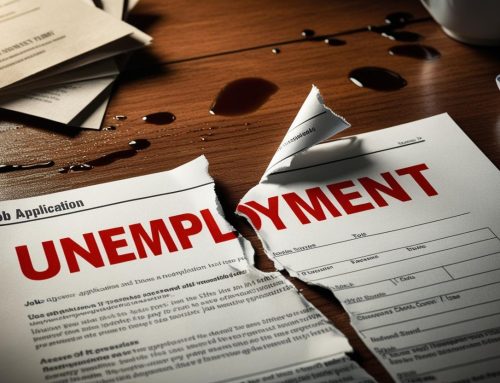November 15, 2023
The broad theme of resilience in current indicators of activity but a weaker outlook in forward looking indicators continued in October. Business conditions remained strong (edging up slightly) while business confidence edged lower and remains well below average, with the relatively large gap of around 10pts between the two persisting in the month. Forward orders also eased a touch – especially in wholesale and manufacturing, while retail orders remained negative. Conditions held up across industries with construction and transport seeing a rise in the month, though wholesale (which turned negative) and manufacturing eased. Alongside that, capacity utilisation remained high and was broadly steady. Price pressures also remained elevated, despite a slight easing in labour and purchase costs growth, as well as output price inflation in the month. Retail price growth was unchanged, pointing to ongoing strength in inflation following the strong Q3 CPI print. Overall, the survey continues to support an assessment that the economy has remained resilient heading towards the end of the calendar year despite the many headwinds weighing on business confidence, while high rates of capacity utilisation and both input and output cost pressures point to ongoing inflation pressures – though they appear to have passed the peak.
Comments from NAB Chief Economist Alan Oster
Business conditions rose 1pt to +13 index points, remaining above the long-run average. Trading conditions rose 2pts to +20 index points and profitability was up 3pts to +12 index points, while employment eased 1pt to +8 index points. In trend terms, conditions and all three sub-components were steady in October.
Business confidence fell 3pts to -2 index points driven by falls in most industries. In trend terms, only transport & utilities, construction and manufacturing remain in positive territory. Across the states, trend confidence was negative except in Vic and NSW (both around zero).
“Business conditions remain healthy, picking up in October and still well above average,” said NAB Chief Economist Alan Oster. “Still, business confidence remained soft in the month, still well below average at -2 index points.”
“The gap between current conditions and the more forward-looking confidence indicator has remained at 10-15 index points persistently over the past year,” said Mr Oster. “Businesses clearly remain cautious about the outlook for the economy despite the resilience we are seeing.”
Leading indicators eased. Forward orders declined 3pts to 0 index points, led by falls in mining, wholesale and manufacturing as well as recreation & personal. Capacity utilisation edged lower but at 84% remains high.
“As with confidence, forward orders remain soft – with new signs of weakness in wholesale and manufacturing,” said Mr Oster. “However, business capacity utilisation is still above average – and in fact, capacity utilisation has held up in consumer-facing sectors like retail and recreation & personal services, despite the pressures on households. Interestingly it is other sectors such as wholesale and transport that are weakening albeit they still remain a touch above long run average readings.”
Price and cost growth slowed in the month. Labour cost growth eased to 1.8% in quarterly equivalent terms, and purchase cost growth declined to 1.8%. While retail price growth was unchanged at 1.9%, overall price growth also eased to 1.0% – the slowest rate of price growth since July 2020.
“The Q3 CPI showed inflation had been persistent through the middle of the year and the survey suggests this remained the case heading into Q4,” said Mr Oster. “We still expect to see gradual moderation over time but it will be a protracted process, especially given the resilience of domestic demand thus far.”
Source: National Australia Bank
Legal Notice: The information in this article is intended for information purposes only. It is not intended for professional information purposes specific to a person or an institution. Every institution has different requirements because of its own circumstances even though they bear a resemblance to each other. Consequently, it is your interest to consult on an expert before taking a decision based on information stated in this article and putting into practice. Neither Karen Audit nor related person or institutions are not responsible for any damages or losses that might occur in consequence of the use of the information in this article by private or formal, real or legal person and institutions.






